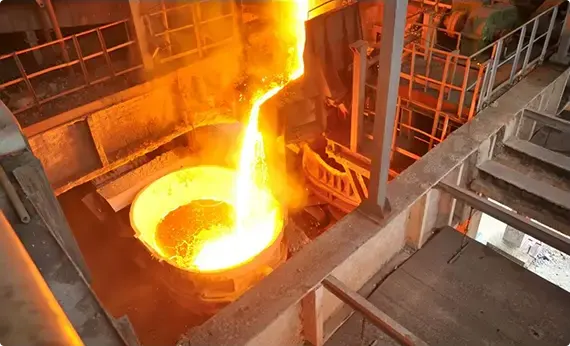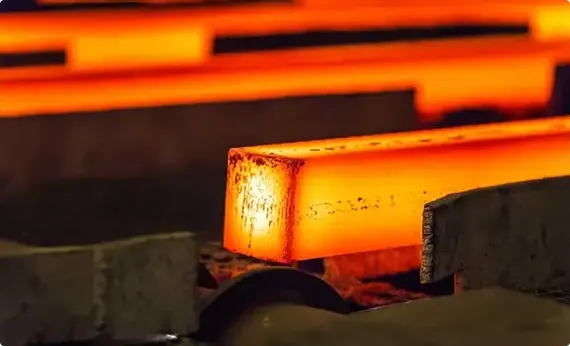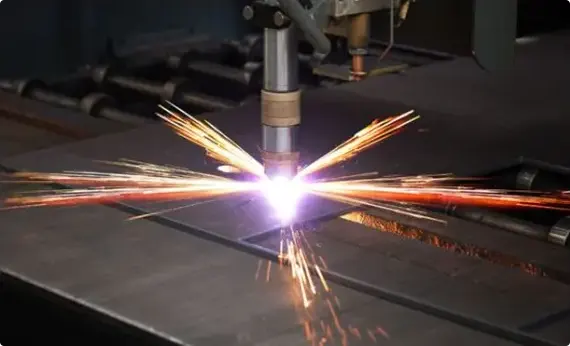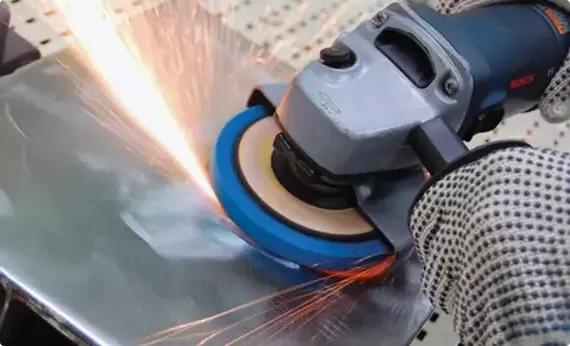
SUS 316 (also known as 316 stainless steel) is widely used in tableware
1. Material characteristics Strong corrosion resistance: SUS 316 stainless steel contains 2% to 3% molybdenum, which significantly improves its corrosion resist
1. Material characteristics
Strong corrosion resistance: SUS 316 stainless steel contains 2% to 3% molybdenum, which significantly improves its corrosion resistance to reducing salts and various inorganic acids, organic acids, alkalis, and salts. This makes it extremely corrosion-resistant in marine environments and chloride-containing environments, and is very suitable for making tableware that needs to be in contact with food and liquids for a long time.
Good high-temperature strength: SUS 316 stainless steel has excellent high-temperature strength and high-temperature oxidation resistance. It is not easy to deform or damage even during high-temperature cooking, ensuring the long-term durability of tableware.
Good processing performance: SUS 316 stainless steel has high hardness and good mechanical processing performance, and can be made into tableware of various shapes and sizes to meet the diverse needs of daily family use.
2. Application scenarios
High-end tableware: Due to its excellent corrosion resistance and high-temperature strength, SUS 316 stainless steel is often used to make high-end and luxurious tableware sets, such as tableware used in high-end restaurants, hotels and other places.
Kitchen utensils: In addition to tableware, SUS 316 stainless steel is also widely used in kitchen utensils, such as woks, cooking pots, steamers, etc., to meet more demanding use environments.
Special environment tableware: In environments that require long-term contact with acidic or alkaline substances, such as certain special diets or cooking methods, SUS 316 stainless steel tableware can provide a longer service life and a better use experience.
3. Precautions for use
Identify the authenticity of the material: When purchasing SUS 316 stainless steel tableware, you should pay attention to identifying the authenticity of the material. It is recommended to choose regular brands and channels to purchase, and check the material certification or test report of the product.
Avoid long-term contact with strong acids and alkalis: Although SUS 316 stainless steel has good corrosion resistance, it may also be corroded to a certain extent in the case of long-term contact with strong acids or alkalis. Therefore, the tableware should be cleaned and dried in time after use.
Correct cleaning and maintenance: When cleaning SUS 316 stainless steel tableware, avoid using hard brushes or steel wool to avoid scratching the surface. At the same time, you should also avoid using highly corrosive detergents for cleaning.
stainless steel processing
The manufacture of stainless steel involves a series of processes. First, the steel is melted, and then it is cast into solid form. After various forming steps, the steel is heat treated and then cleaned and polished to give it the desired finish. Next, it is packaged and sent to manufacturers, who weld and join the steel to produce the desired shapes.

Melting and Casting
The raw materials that constitute a stainless steel item are placed together and melted in a giant electric furnace. Intense heat is applied rigorously for a period of 8 to 12 hours during this step. Once the melting is complete, the molten steel is cast into desired semi-finished forms. Some of the most common forms or shapes include slabs, blooms (rectangular shapes), billets (these could either be round or square), rods, and tube rounds.

Forming
In the second stage, the semi-finished steel shapes undergo a series of forming operations. For instance, the stainless steel is hot rolled (heated and passed through enormous rolls). The blooms and billets mentioned above are converted to bar and wire. The slabs on the other hand are formed into plates, strips or sheets. It is very common to turn semi-finished steel shapes into bars, as it is the most versatile stainless steel form (it comes in all grades and sizes). You have round, square, octagonal, and hexagonal bars, each suitable for a different type of application.

Heat Treatment
The various stainless steel forms undergo a thorough annealing process during this step. Annealing is another name for heat treatment where the stainless steel is heated and cooled in a controlled environment. The purpose of this heat treatment is to relieve the pent-up stress inside the stainless steel and soften the material to make it more suitable for a wide variety of applications. The people in charge of carrying out the annealing process have to be very careful about the conditions as even the slightest of changes in the temperature, pressure, duration, or cooling rate could result in a faulty product.

Descaling
During the annealing process, a certain amount of scale appears on the surface of the stainless steel. This scale can be removed using a number of different processes that are collectively known as descaling. Pickling is one of the more common methods of carrying out the descaling process.

Cutting
The semi-finished, heat-treated, and descaled stainless steel forms are cut into specific shapes in this step. Mechanical cutting is performed with the aid of guillotine knives, blanking, nibbling, and high-speed blades.

Finishing
Finishing is applied to help the stainless steel product achieve its signature aesthetically appealing appearance. Finishes are also needed to make the stainless steel product smooth and easier to clean, which is a top requirement in sanitary applications.
